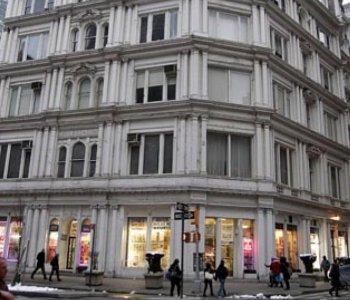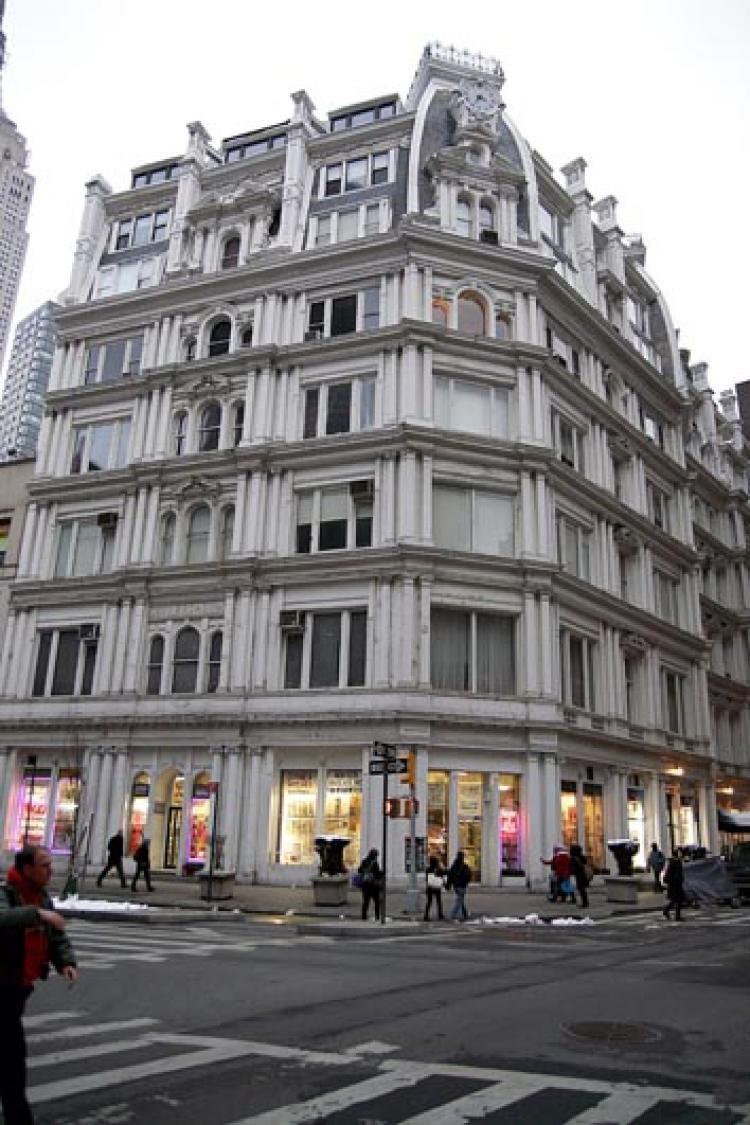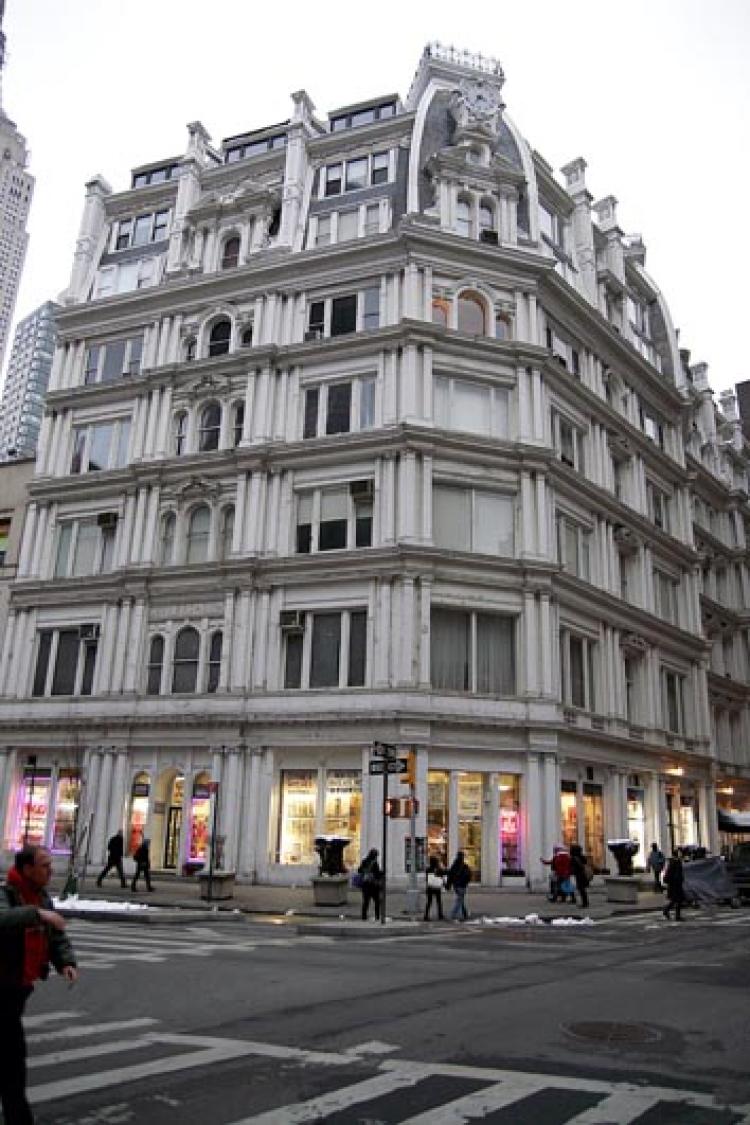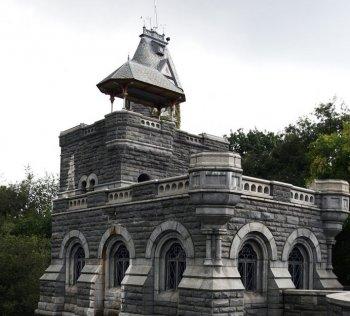1200 Broadway
Architect: Stephen D. Hatch
Year built: 1869–1871
NEW YORK—Originally built as the Gilsey House Hotel, the Second Empire Baroque style building now simply known as 1200 Broadway, sits like a plump grand dame on the northeast corner of 29th Street and Broadway.
Once a favorite of opera impresario Oscar Hammerstein, Diamond Jim Brady, and Oscar Wilde; the six-story building with its slate mansard roof, tiers of many columns, balustrades, jaunty chimneys, and an elegant clock perched at its peak, is an explosion of architectural exuberance.
Designed by architect Stephen D. Hatch, with ironwork by Daniel Badger Ironworks, the Gilsey House was constructed in the northern Flatiron district at a time when the area was being developed as the city’s entertainment district.
It was converted into housing, and designated a city landmark in 1979, and the façade was restored and painted in 1992. Today there are coop apartments in the upper floors accessed through the 29th Street entrance, and the ground floor houses several retail stores.
Sources: AIA Guide To New York City fifth edition, Guide to New York City Landmarks fourth edition, nyc-architecture.com
New York City Structures: 1200 Broadway
Originally built as the Gilsey House Hotel, the Second Empire Baroque style building now simply known as 1200 Broadway, sits like a plump grand dame on the northeast corner of 29th Street and Broadway.

By tim.mcdevitt
2/23/2011
Updated: 10/1/2015




Friends Read Free